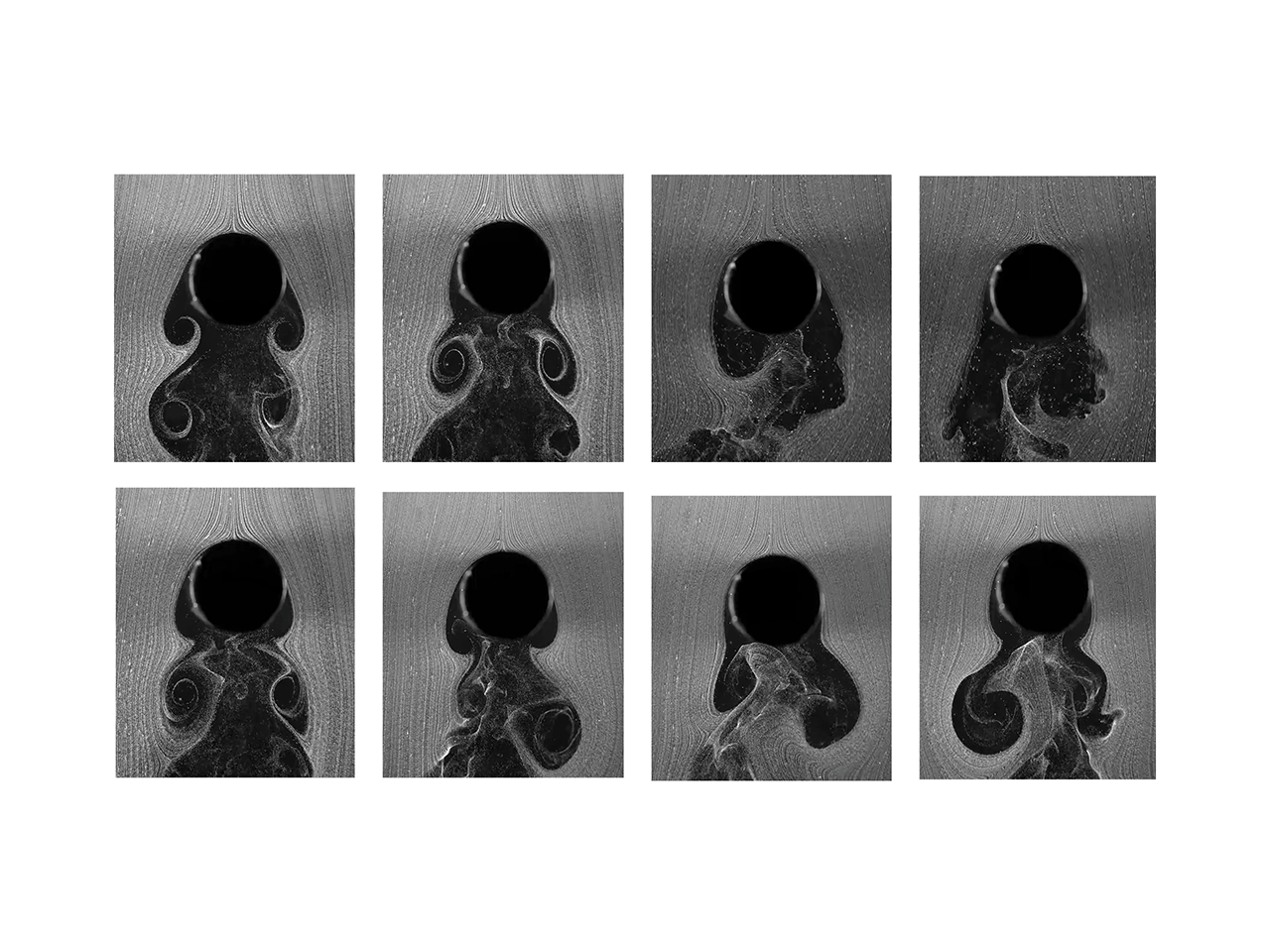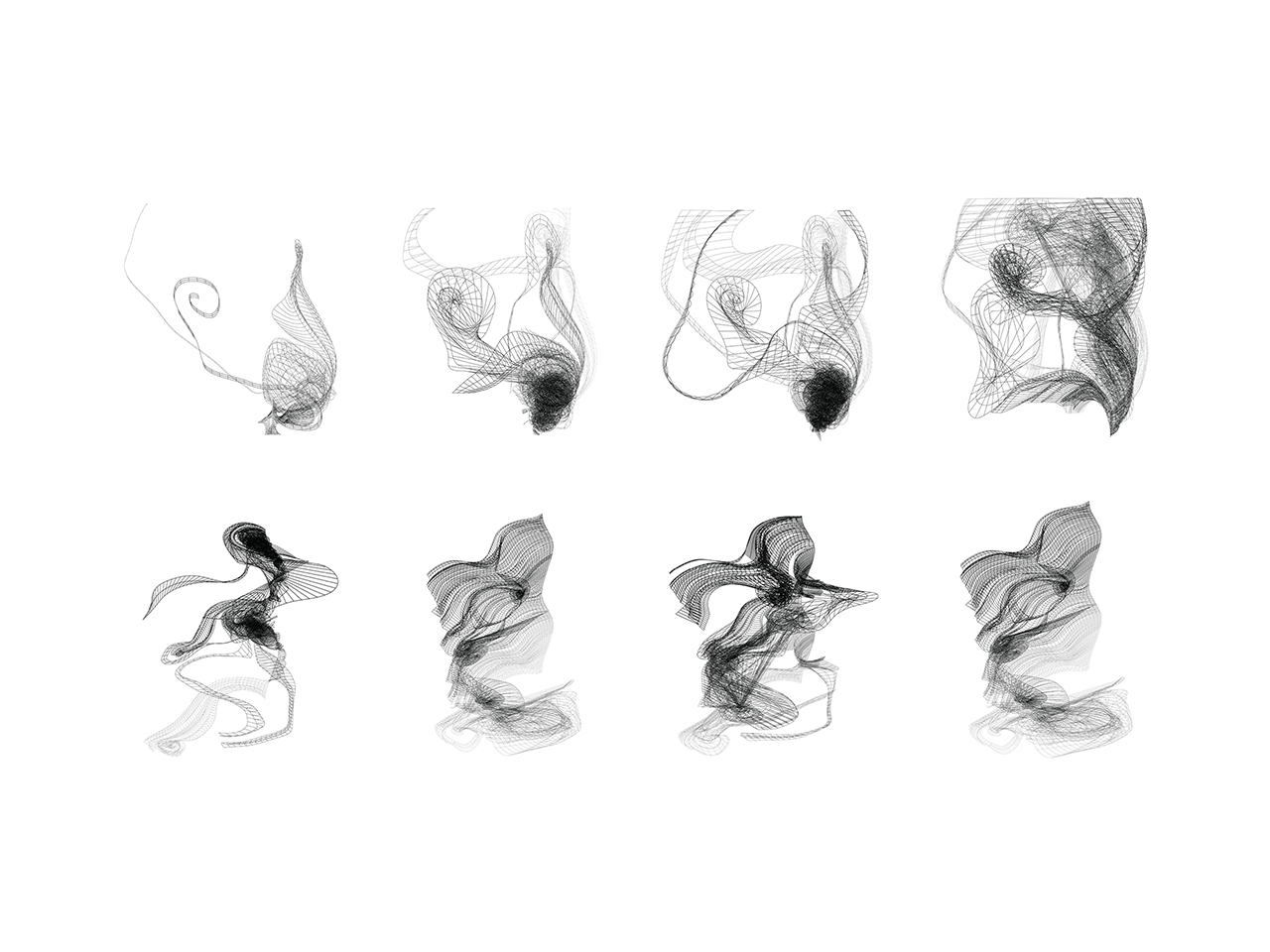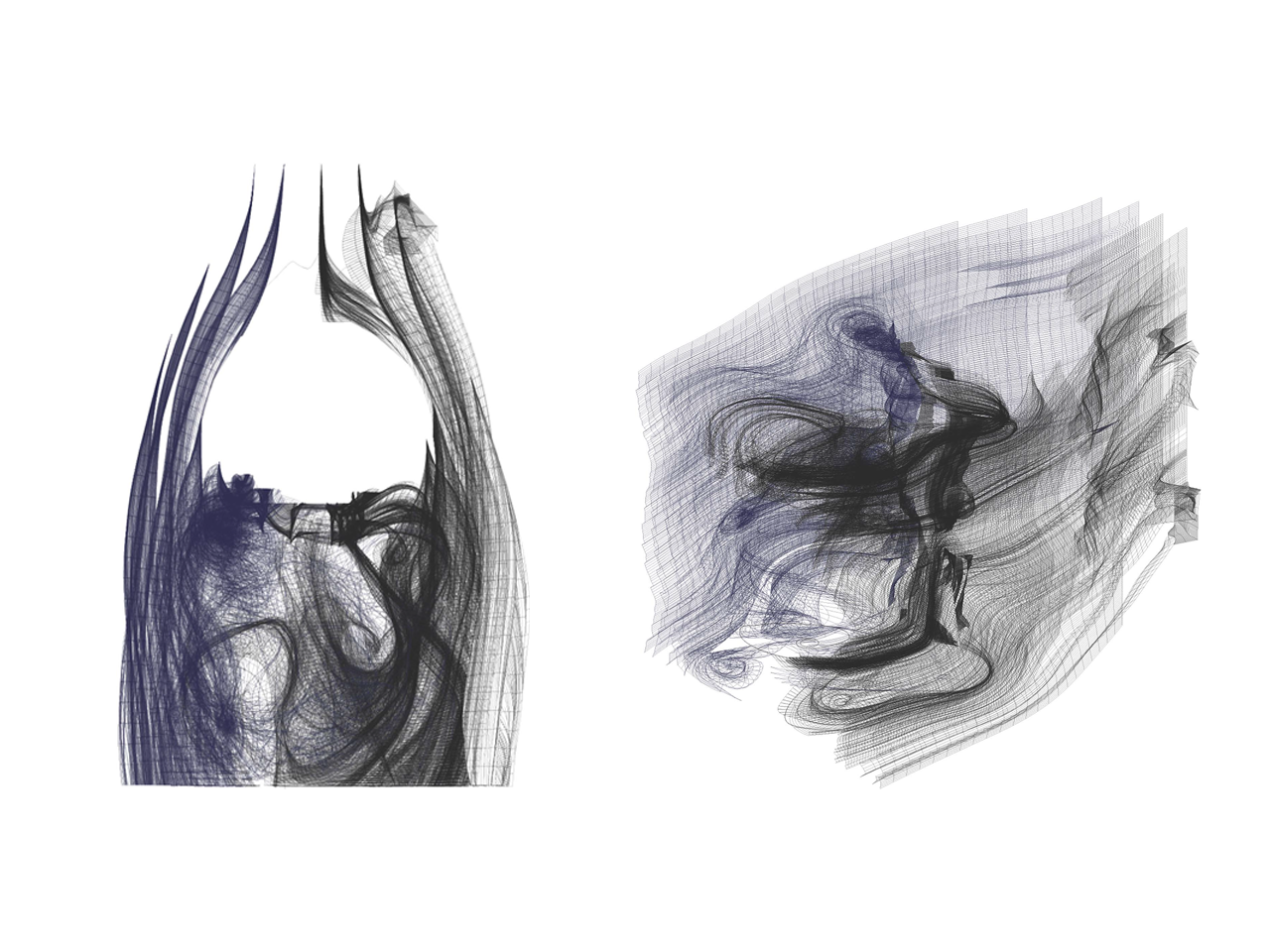SUSTAINING THE CREATIVE ARC
Project Date: September 2020 - Present
Type: Interdisciplinary Research and Design
Pari Riahi, Team Leader and PI
Yahya Modarres Sadeghi, CO-PI: Department of Mechanical and Industrial Engineering, UMass Amherst
Ali Sarvghad, C0-PI: College of Computer Science and Information technology, UMass Amherst
Pieter Boersma, (PHD ME 2023)
Erica Dewitt, (MARCH 2023)
Cami Quinteros, (MARCH 2022)
Fey Thurber, (BSARCH 2022)
Using the medium of digital drawing, the project explores the arcs of visualization in architecture and fluid mechanics in a narrative that revives the experience of a virtual cabinet of curiosity, whose contents are drawings, as well as physical and virtual artifacts. The development of digital media has created the possibility of understanding the world in scales hitherto inaccessible to us. Such acute observations lead to extraordinary perceptions of the world and suggest new avenues for design. From the 1500s onward, scientists and architects have created “Curiosity Cabinets” to inspect the world by collecting objects of naturalia and artificialia. These cabinets encased curatorial microcosms capable of reflecting the outside world and augmenting one’s understanding of it. The significance of these collections was as dependent on their assembly as it was on the objects themselves. The project models itself after Curiosity Cabinets – by using digital tools and techniques used in architecture and science – to investigate the shedding of fluid vortices that are widely observed in several contexts. Examples range from fish propelling in flow, to wind turbine blades rotating, and even the outward motion of cerebral aneurysms. A comprehensive understanding of how vortices behave has significant implications in fluid mechanics, biomechanics, and green energy. This proposal undertakes to create a new method of analytical design in which creative thinking, design intelligence, and production of knowledge come together to shape the architect's ideation process. By investigating vortices that are observed in fluid mechanics in new ways, this project facilitates communication and exchange between art, architecture, and the sciences. It aims to merge visualizations in the scientific fields with those in architecture in the form of an illustrated narrative, dedicated to the creative process.
The research has been supported by a UMass Amherst Interdisciplinary Faculty Research Award.


